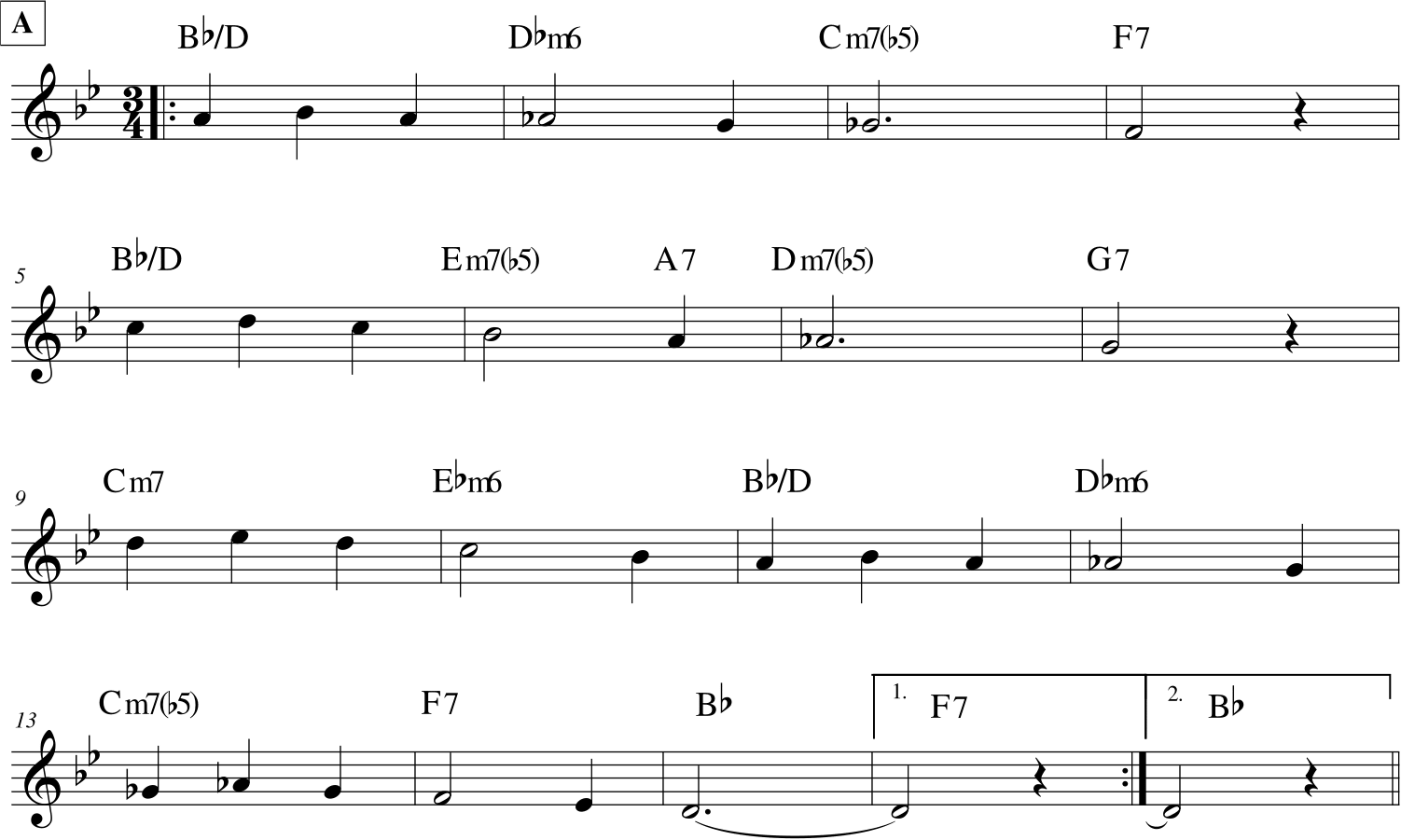[Monday Notes no.66] Billy Strayhorn wrote many songs and arrangements for Duke Elllington’s orchestra, always remaining in the shadows as he had a reserved and shy character. Lotus Blossom is one of his most beautiful songs, here performed by Duke Ellington who did not even know it was being recorded.
A few months after Strayhorn’s death in 1967, Ellington’s orchestra recorded an album dedicated to him. At the end of the session, Ellington sat down at the piano and almost absent-mindedly played Lotus Blossom, a piece composed by his departed friend.
The sound engineer was quick enough to plug in the recorder, however the first part of the song is missing, and voices and background noise can be heard: it is the musicians putting down their instruments.
Duke Ellington probably didn’t even realise he was being recorded, in fact at minute 0’26” he almost stops, distracted by something, a little further on he misses a chord (0’47”). The recording is touching and moving precisely because of this spontaneity.
Lotus Blossom is a remarkable composition. The piece opens with a variation on the most classic of harmonic progression, I VI II V. The original chords would be B♭ Gm7 Cm7 F7 but in the piece they become Bb/D Dbm6 Cm7(♭5) F7.
“Lotus Blossom”, part A

D♭m6 is a tritone substitution of Gm7, Cm7 took the (♭5), the greatest subtlety of the piece lies in the tonic chord played three times in the B♭/D inversion (measures 1, 5, 11) before being heard in the root position at measure 15. With this simple but ingenious device, Billy Strayhorn achieves a smooth and dreamy harmonic progression, which remains unresolved until the end.
The development of the melody contributes to this non-completeness, the phrases are all descending and move by step motion, the first phrase being built entirely on the chromatic scale: B♭ A A♭ G♭ F (measures 1-4).
The second part of the piece consists partly of a II V I cadence in the key of Cm (measures 18-25) and partly of a dominant pedal (measures 26-30) that leads back to the initial key (B♭).
“Lotus Blossom”, part B

The individual elements of this piece are therefore very simple, familiar to any musician: turnaround, first inversion and chromatic scale (part A), perfect cadence and pedal (part B). However, in the hands of Billy Strayhorn, these elements become Lotus Blossom, a piece that reflects the discreet personality and extraordinary imagination of its creator.
Until Next Monday!
Download the sheet music with the transcription of ‘Lotus Blossom’.


